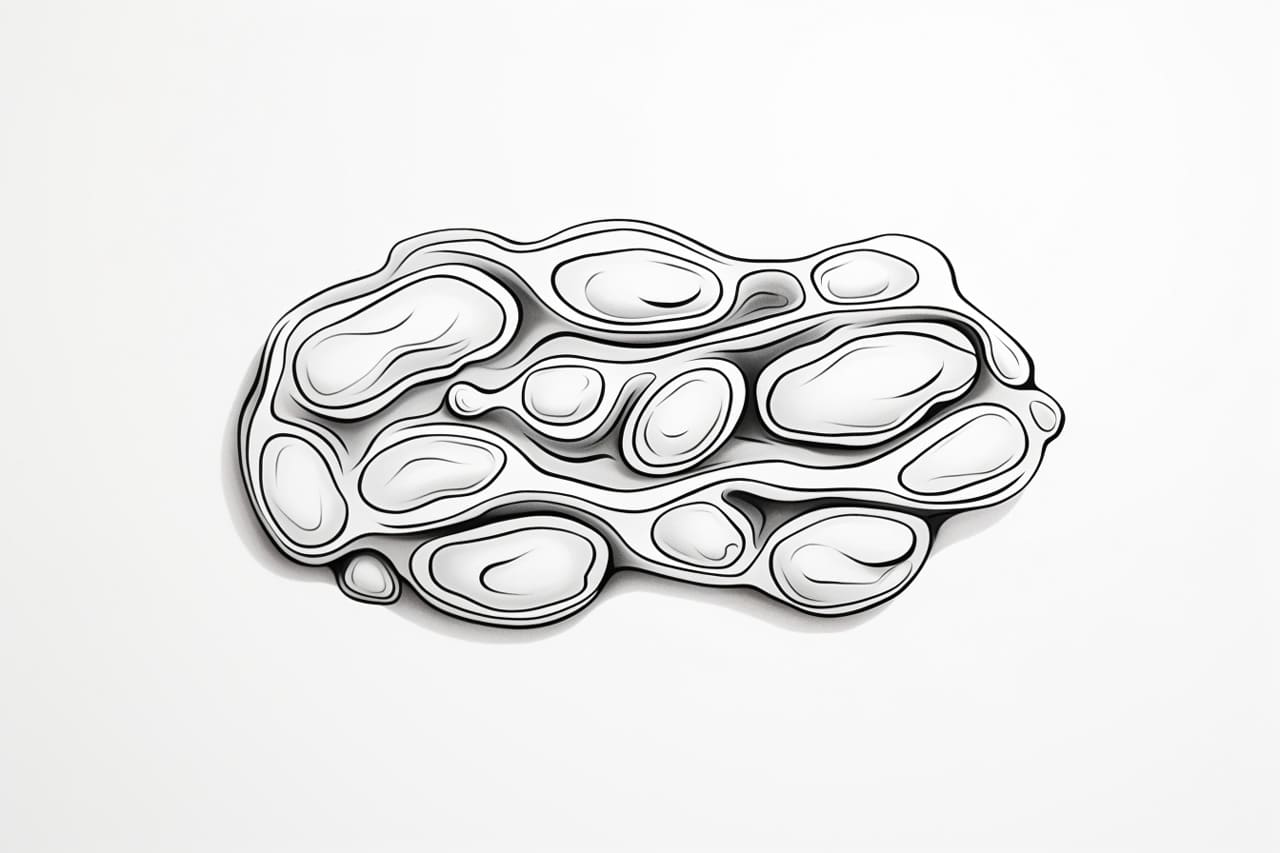Welcome to this step-by-step guide on how to draw a cell. Whether you’re a student learning about cells in biology class or a curious artist looking to expand your sketching skills, this tutorial will provide easy-to-follow instructions to accurately represent a cell. So, let’s dive in and explore the fascinating world of cells through art!
Materials Required
Before we start, let’s gather the materials you’ll need for this drawing:
- Paper: Choose a sketchbook or any type of paper suitable for drawing.
- Pencil: Opt for a medium-soft graphite pencil (HB or 2B) for sketching.
- Eraser: Have a kneaded eraser or a regular eraser on hand to correct any mistakes.
- Fine-tip pen: Prepare a pen with a thin nib for inking your final drawing.
- Colored pencils or markers (optional): If you want to add color to your cell, have colored pencils or markers ready.
Now that you’ve gathered your materials, let’s begin the drawing process.
Step 1: Sketch the Cell Shape
Start by drawing a circle in the center of your paper. This will be the outline of the cell. Keep the circle light and loose, as it will act as a guide for the rest of your drawing.
Step 2: Add the Cell Membrane
Draw a slightly larger circle around the first one. This represents the cell membrane, which encloses the cell and controls the movement of substances in and out of it. Make sure the membrane is evenly spaced around the cell.
Step 3: Include the Nucleus
Inside the cell, towards the center, draw a smaller circle. This is the nucleus, which contains the cell’s genetic material. It acts as the control center for the cell’s activities.
Step 4: Draw the Nuclear Membrane and Nucleolus
Within the nucleus, draw another circle that represents the nuclear membrane. This membrane separates the nucleus from the rest of the cell.
Inside the nucleus, draw a smaller dot or circle to indicate the nucleolus. This structure is responsible for producing ribosomes, which are essential for protein synthesis.
Step 5: Add the Organelles
Now, let’s add some organelles to our cell drawing. Organelles are like tiny organs within cells that perform specific functions. Here are a few common organelles to include:
- Endoplasmic Reticulum (ER): Draw a series of interconnected, flattened sacs or tubes close to the nucleus. The ER is involved in protein synthesis and lipid metabolism.
- Golgi Apparatus: Just below the ER, draw a stack of flattened, curved sacs. The Golgi apparatus modifies, sorts, and packages proteins for transport.
- Mitochondria: Draw elongated ovals throughout the cell. These double-membraned organelles are the powerhouses of the cell, producing energy through cellular respiration.
- Vacuoles: Include one or more small circles or irregular shapes within the cell. Vacuoles store water, nutrients, and waste materials.
- Ribosomes: Draw tiny dots scattered throughout the cytoplasm. Ribosomes are responsible for protein synthesis.
- Lysosomes: Add small irregular shapes with a darker shade. Lysosomes contain digestive enzymes that break down waste materials.
- Chloroplasts (plant cells): If you’re drawing a plant cell, include chloroplasts by drawing small green ovals. Chloroplasts are responsible for photosynthesis, converting sunlight into energy.
Feel free to research and add other organelles specific to the type of cell you are drawing. Remember to arrange them in a way that makes sense based on their functions.
Step 6: Refine and Ink the Drawing
Now that you have your basic cell structure, take a moment to refine your sketch. Erase any unnecessary lines and make any adjustments to the shape and positioning of the organelles.
Once you are satisfied with your sketch, use a fine-tip pen to ink over the final lines. Ink the cell outline, cell membrane, organelles, and other important details. Be patient and steady as you ink, ensuring clean and bold lines.
Step 7: Color the Drawing (optional)
If you wish to add color to your cell drawing, grab your colored pencils or markers. Look up reference images to help you choose appropriate colors for different organelles.
Apply the colors lightly and gradually build up the shading and details. Color each organelle according to its function, using different shades to differentiate between them. Remember to leave the cell membrane and nucleus uncolored or use a light, translucent color to maintain visibility.
Conclusion
Congratulations, you’ve successfully learned how to draw a cell! By following these step-by-step instructions, you’ve created an accurate representation of a cell and explored its various organelles. Experiment with different types of cells, such as plant cells or animal cells, to further expand your drawing skills.
Remember that practice makes perfect—keep experimenting with different techniques and materials, and soon you’ll be able to draw cells with confidence. Happy drawing!









